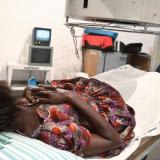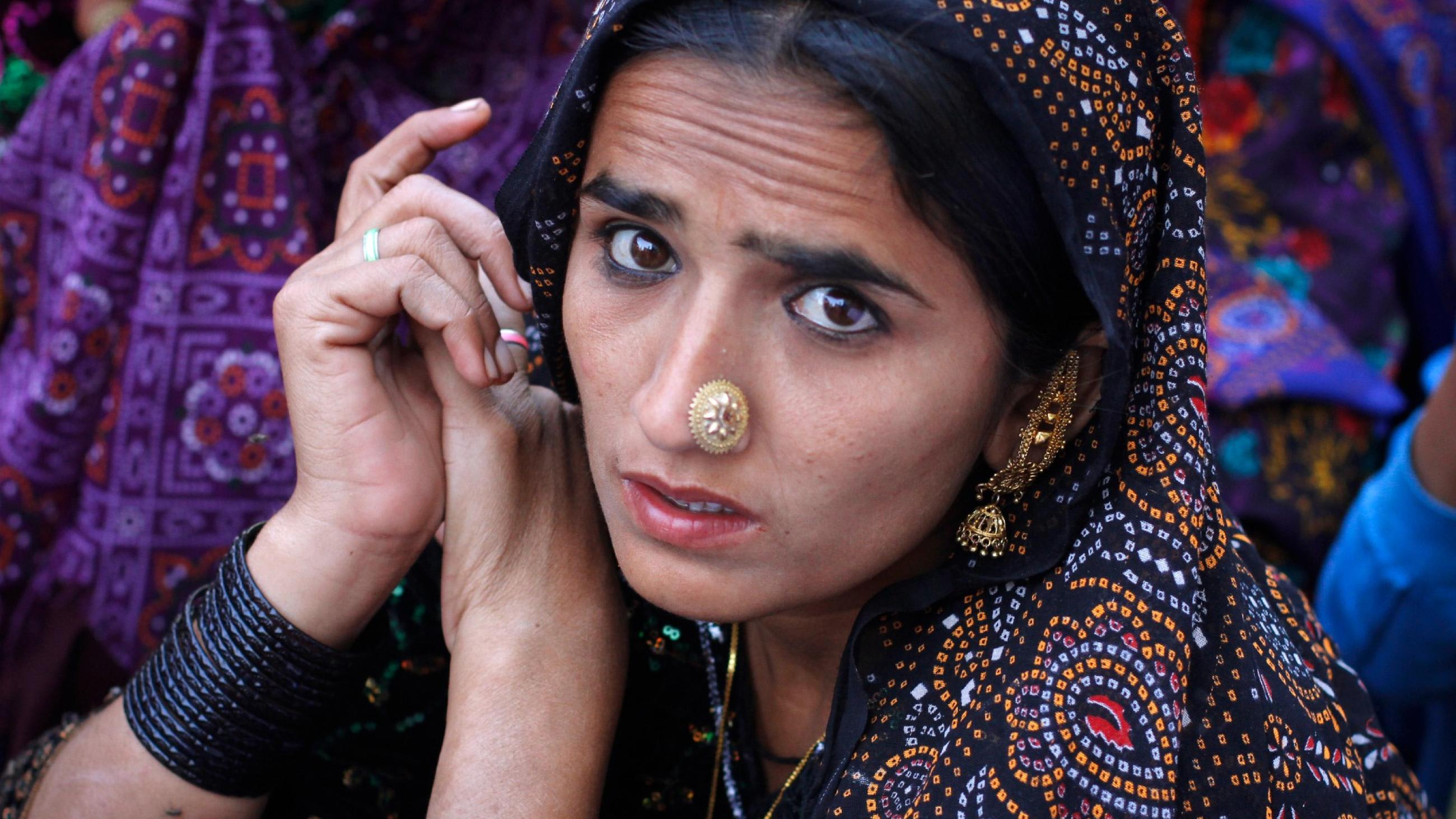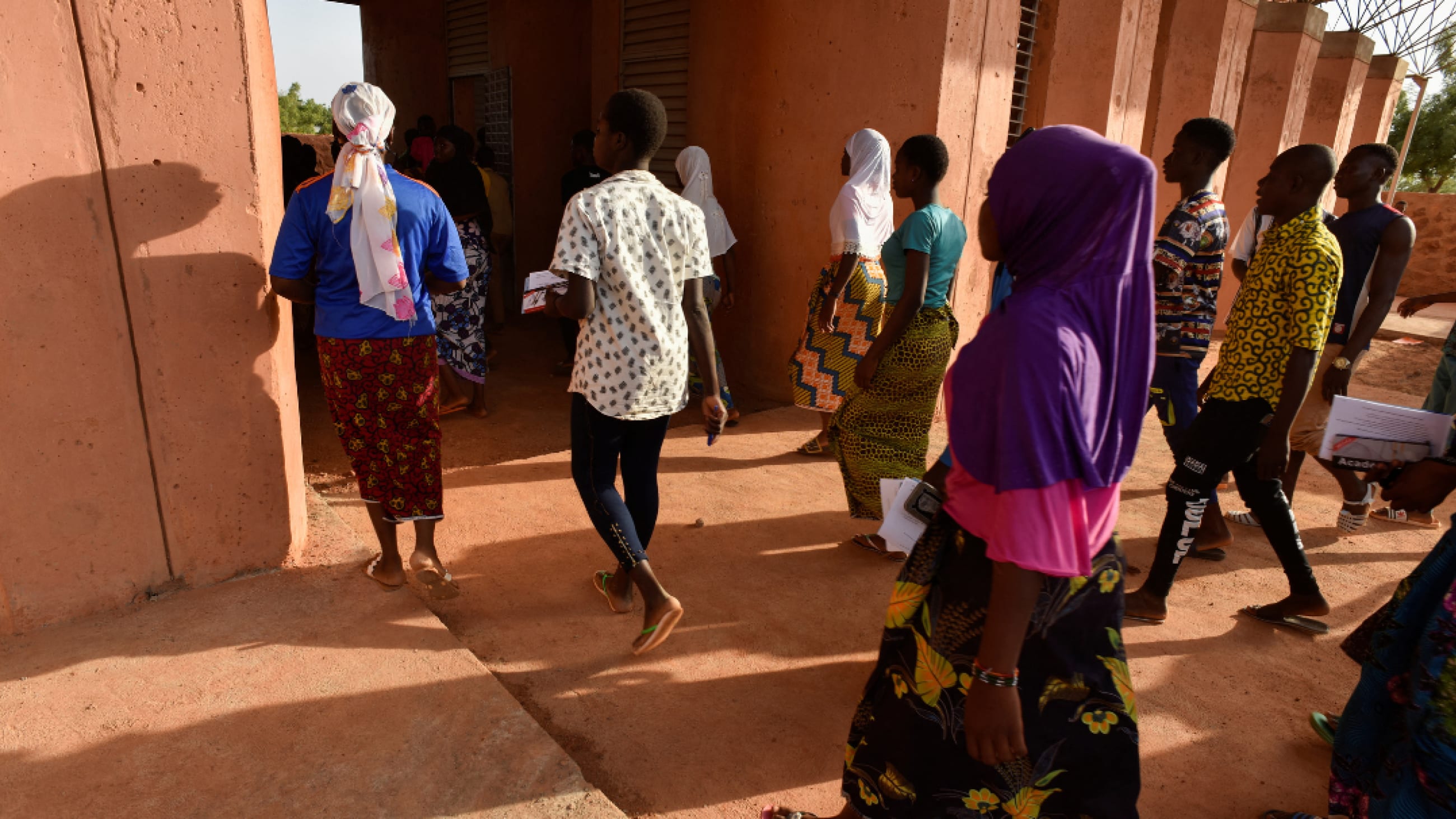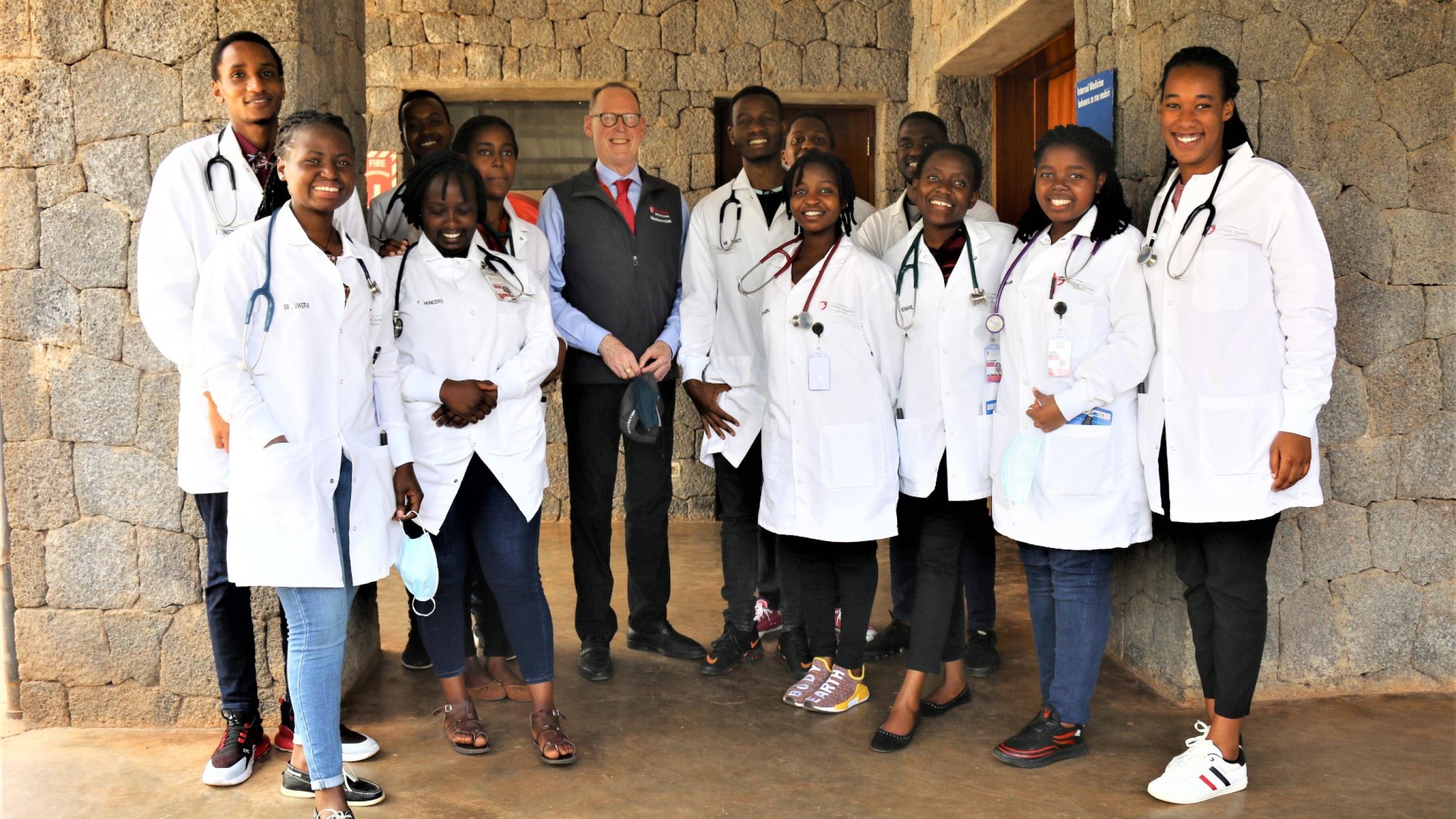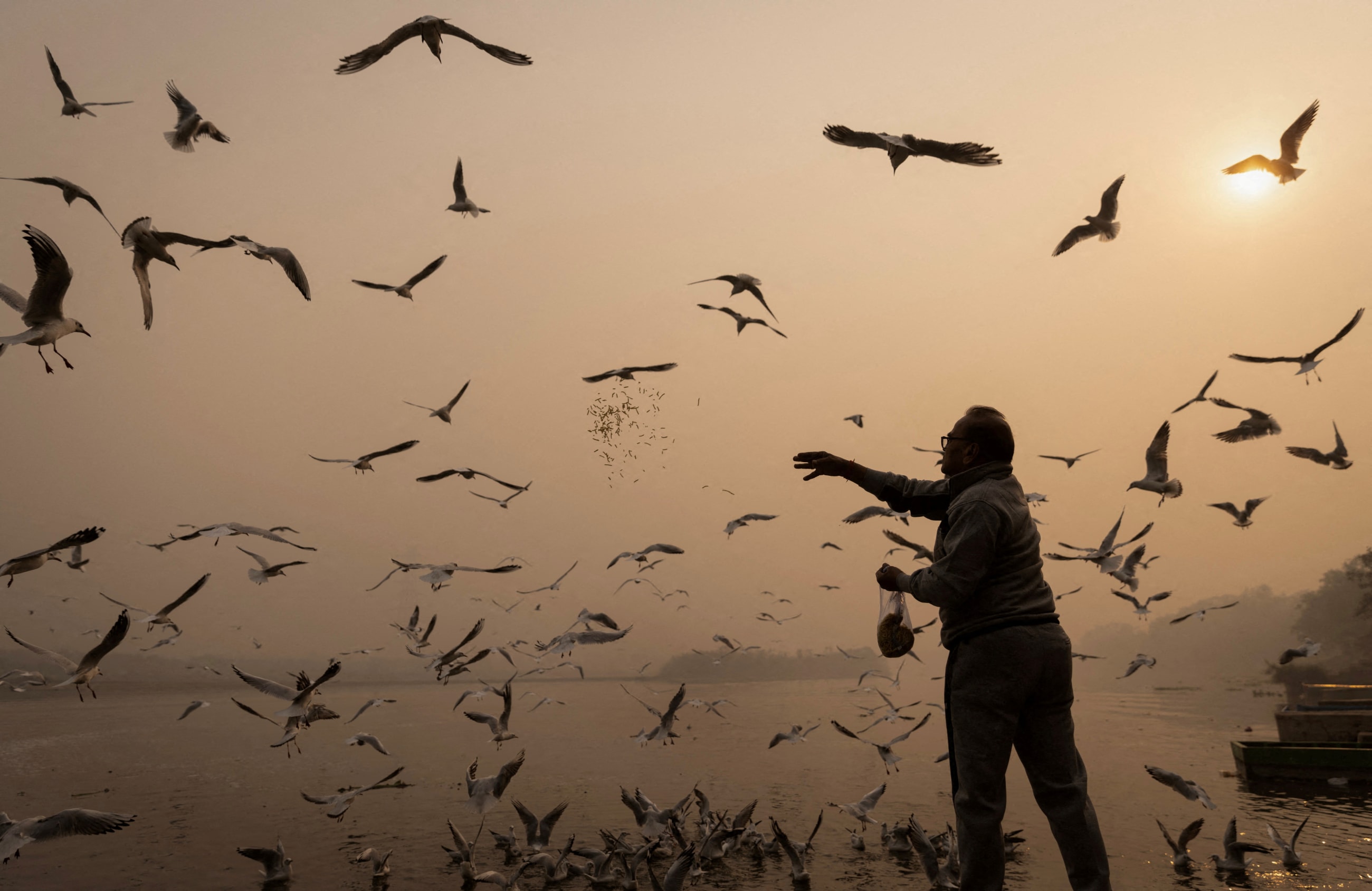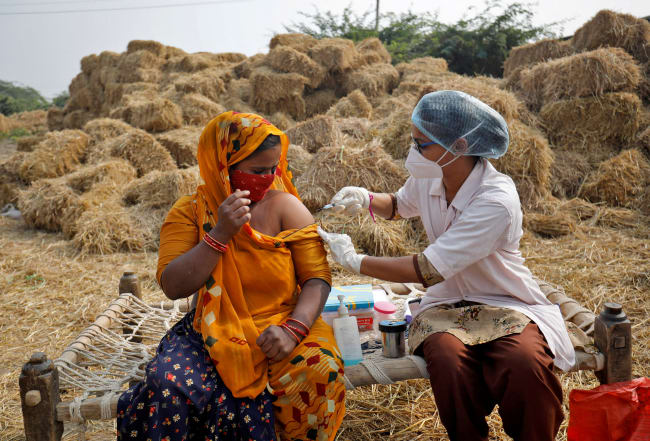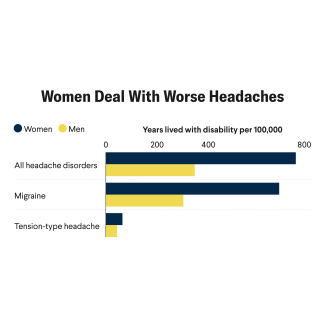Global health had another difficult year in 2022. The COVID-19 pandemic is not over, but the attention of leaders, emergency interventions by governments, and the extraordinary resources spent for pandemic response are gone. The media interest that transformed public health experts into pundits has focused on other stories. One such story—the war in Ukraine—has produced thousands of deaths, millions of refugees, and billions of dollars in economic losses, humanitarian assistance, and military aid. The potential for a global economic downturn looms large over the aid budgets and health diplomacy.
However, all is not doom and gloom in 2022. The World Health Organization started to revise the International Health Regulations and negotiate a pandemic accord. The Global Fund was replenished at a record level. The World Bank launched a Pandemic Fund to spur country-led preparedness. Regional vaccine manufacturing received more attention. The UN General Assembly is again addressing health topics beyond COVID-19.
Meanwhile, the global health to-do list only gets longer. In May, Mpox cases began spreading globally. In June, polio appeared in New York and later in London and Jerusalem. In September, Uganda suffered an Ebola outbreak. In December, COVID cases were spreading in China at an unprecedented rate for this pandemic. Twenty-three million children around the world missed regular immunizations over the last two years. Food insecurity is increasing. Global health programs have no answer for the chronic disease threat or the dangers of climate change.
We published 175 articles from 240 authors this year. The best of these stories brought new, often personal insights to bear on global health, its challenges, and its resilience. Our authors provide us hope for 2023, a year that can deliver a brighter future.

